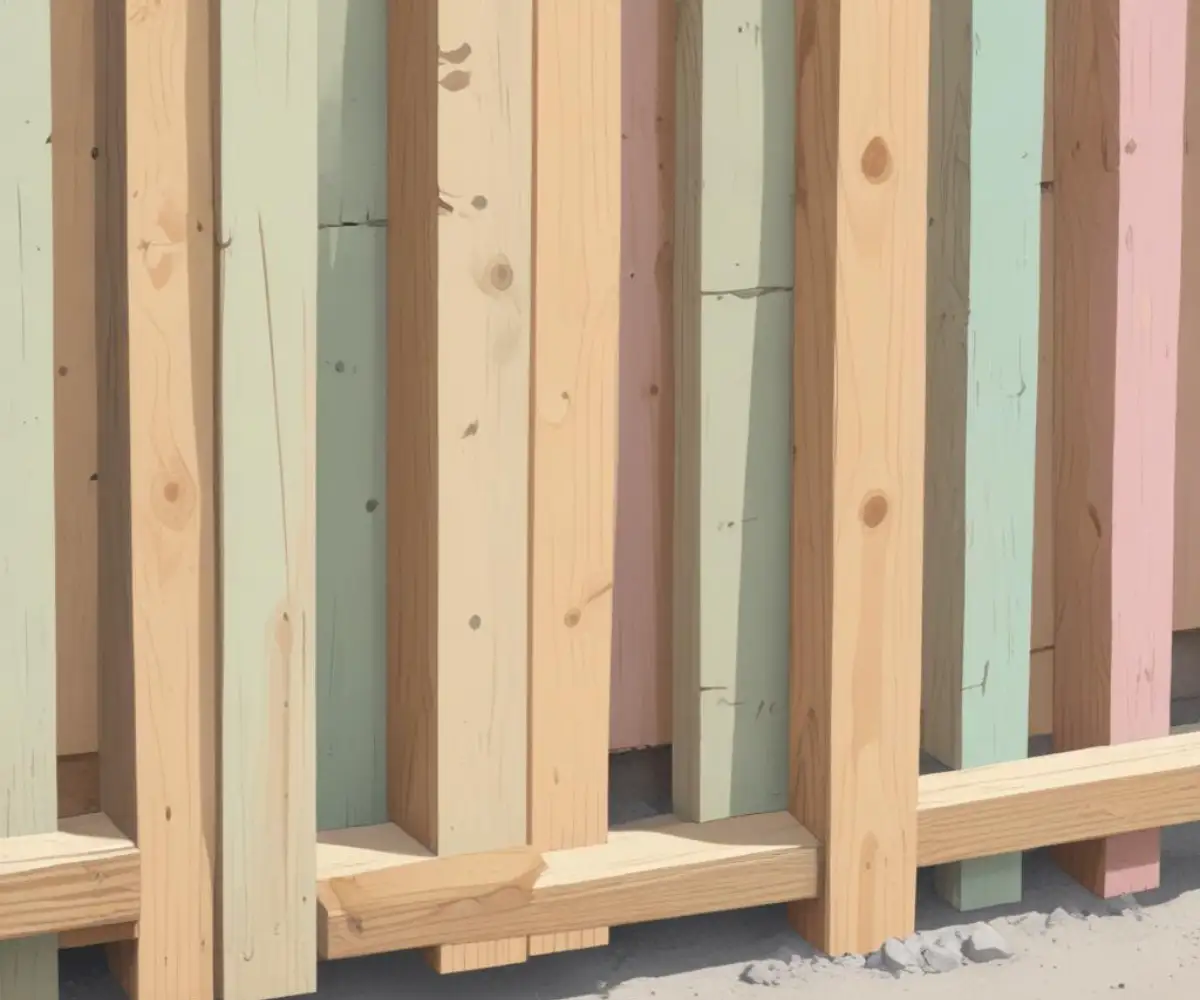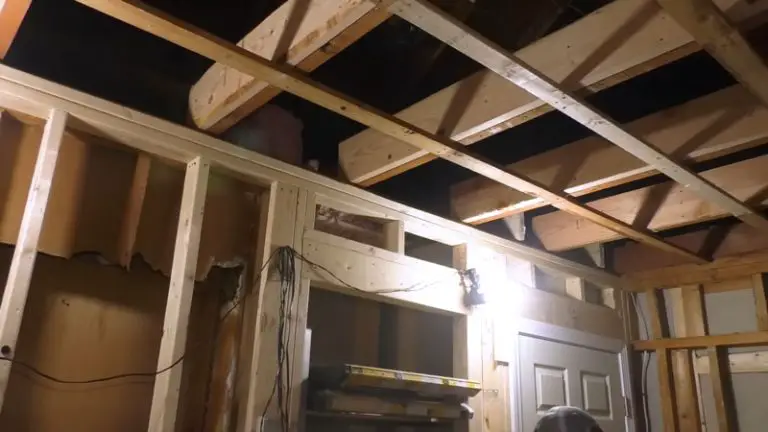4×6 vs 6×6 Post: The Hidden Strength Factor You Can’t Afford to Ignore
Choosing the right support post for your deck, pergola, or fence is one of the most critical decisions you’ll make. It’s a choice that directly impacts the safety, longevity, and stability of your entire structure. Yet, many homeowners and DIY enthusiasts find themselves staring at lumber options, wondering if a 4×6 post is “good enough” or if a 6×6 is overkill.
This uncertainty can lead to costly mistakes. Opting for an undersized post can result in sagging beams, a wobbly structure, and even catastrophic failure under heavy loads like snow or a gathering of family and friends. Conversely, overspending on unnecessarily large posts can strain your budget. The key is understanding not just the size, but the structural dynamics that make each post suitable for specific jobs.
This guide will demystify the 4×6 vs. 6×6 debate. We will explore the critical, often-overlooked differences in their load-bearing capabilities, their behavior under stress, and the specific scenarios where each one excels. Armed with this knowledge, you can build your next project with absolute confidence in its foundation.
You'll Learn About
The Core Difference: It’s More Than Just Two Inches
At a glance, the difference seems simple. But the structural implications go far beyond the numbers on the label. To truly compare these posts, we must look at their actual dimensions and, more importantly, how their shape affects their strength.
Nominal vs. Actual Dimensions: What You See Isn’t What You Get
First, it’s crucial to understand lumber sizing. The terms “4×6” and “6×6” are nominal dimensions, which refer to the size of the rough-sawn board before it’s planed smooth. The actual dimensions are smaller.
A 4×6 post is actually 3.5 inches by 5.5 inches. A 6×6 post is actually 5.5 inches by 5.5 inches. This discrepancy is vital because all strength calculations and building code requirements are based on these actual measurements. The 6×6 not only has a wider profile but also offers significantly more cross-sectional wood fiber, which is the foundation of its strength.
Strength in Two Directions: The Critical Weakness of the 4×6
Here lies the most important and frequently misunderstood difference. A 6×6 post is a square, meaning its strength is uniform in every direction. It resists bending and buckling forces equally, whether they come from the front, back, or sides.
A 4×6 post is a rectangle, and this gives it a “strong axis” and a “weak axis.” It is significantly stronger and stiffer when the load is applied against its wider 5.5-inch face. However, it is much more prone to bending and buckling when the load is applied against its narrower 3.5-inch face. This is a critical design flaw if the post is used incorrectly. Forgetting this can lead to dangerous structural instability, especially in tall posts that support heavy roofs or decks.
Head-to-Head Comparison: The Data You Need
Understanding the fundamental structural differences is key to making an informed decision. This table breaks down the essential attributes of each post size to provide a clear, data-driven comparison for your project’s specific needs.
| Attribute | 4×6 Post (3.5″ x 5.5″) | 6×6 Post (5.5″ x 5.5″) |
|---|---|---|
| Cross-Sectional Area | 19.25 square inches | 30.25 square inches (~57% more) |
| Bending Strength | High on the 5.5″ axis, low on the 3.5″ axis | Uniformly high on both axes |
| Compression Strength | Good, but more susceptible to buckling over height | Excellent; superior resistance to buckling |
| Best Use Cases | Short support posts, non-structural elements, light-duty fences where load direction is predictable | Decks, pergolas, roof supports, high fences, and any structure over 8 feet tall |
| Cost | Lower initial cost per post | Higher initial cost, but often required by code |
| Ease of Handling | Lighter and easier for a single person to manage | Significantly heavier, often requiring two people to set |
When to Absolutely Choose a 6×6 Post
While a 4×6 has its niche uses, certain projects demand the uncompromising, uniform strength of a 6×6 post. In these situations, opting for the smaller post is not a matter of saving money—it’s a matter of compromising safety and violating building codes.
For High-Load Decks and Roofs
Any elevated deck or roof structure carries significant weight, not just from the materials but from people, furniture, and environmental loads like snow. Building codes in most areas mandate 6×6 posts for any deck higher than a few feet off the ground. A 6×6 post provides a larger bearing surface for beams and is far more resistant to the compression and bending forces exerted by a heavy structure.
The stability of a 6×6 is non-negotiable when the safety of people is involved. Its superior strength prevents the kind of catastrophic failure that can occur with undersized supports.
Tall Posts and Pergolas
As a post gets taller, its susceptibility to buckling increases dramatically. For any structure with posts exceeding 8 feet in height, such as a tall deck or a sturdy pergola, a 6×6 is the required standard. The uniform thickness of a 6×6 provides the necessary stiffness to resist lateral (side-to-side) loads from wind and prevents the post from bowing under its vertical load.
A 4×6 post, especially a tall one, is dangerously prone to buckling along its weaker 3.5-inch axis. This makes it an unsuitable and often prohibited choice for these applications.

When Future-Proofing is Key
Choosing a 6×6 post is an investment in your property’s future. It provides a greater margin of safety for potential additions or changes. If you ever plan to add a hot tub, a heavier roofing material like tile, or a large outdoor kitchen to your deck, the 6×6 foundation will already be in place to handle the extra load without requiring a costly and difficult retrofit.
Can a 4×6 Post Ever Be the Right Choice?
Despite the clear advantages of the 6×6 for most structural applications, the 4×6 post is not without its uses. When deployed correctly in specific, low-risk scenarios, it can be a perfectly adequate and cost-effective solution. The secret lies in understanding and respecting its limitations.
The Orientation Secret: Using a 4×6 Correctly
The single most important factor when using a 4×6 post is its orientation. To be effective, the wider 5.5-inch face must be positioned to resist the primary direction of the load. For example, in a fence line, the posts should be oriented so the wide face is perpendicular to the fence panels, bracing against the force of the wind.
When used this way for light-duty applications, a 4×6 can perform well. However, if the load direction is variable or unpredictable—as it is on a deck—a 4×6 is the wrong choice.
Lighter-Duty Fences and Handrails
For fences under 6 feet tall or for decorative railings that don’t support a roof, 4×6 posts can be a viable option. In these cases, the loads are relatively small and predictable. The primary force on a fence post is wind, and as mentioned, proper orientation makes the 4×6 capable of handling it. For handrail posts, the primary load is from people leaning, which is well within the capacity of a properly secured 4×6.
In situations where you may have a small gap to fill, such as where a fence meets a structure, understanding how to secure these smaller posts is also important. Properly addressing this connection ensures the entire fence line remains stable; you can learn more about how to fill the gap between a fence post and a house to create a seamless barrier.
Common Mistakes That Lead to Structural Failure
The strength of your post is meaningless if it isn’t installed correctly or if other parts of the structure are weak. Avoiding these common mistakes is just as important as choosing the right size lumber.
Ignoring Post Orientation
The most dangerous mistake with a 4×6 post is installing it with its weak axis facing the primary load. This dramatically reduces its ability to resist bending forces and is a common cause of failure in DIY projects. If you cannot guarantee the load will only ever be applied to the strong axis, do not use a 4×6.
Improper Post-to-Beam Connection
A strong post needs a strong connection to the beam it supports. Simply bolting a beam to the side of a post (a practice known as face-bolting) relies entirely on the shear strength of the bolts, which can fail over time. The safest and most secure method is to notch the post so the beam rests directly on the wood. A 6×6 post provides ample material for a deep, secure notch while still leaving plenty of cross-section for stability.
Not Accounting for Uplift and Lateral Loads
Forces don’t just push down; wind can create significant uplift forces on roofs and decks, while ground movement or seismic activity creates lateral loads. A 6×6 post, with its larger mass and surface area, allows for more robust connections using structural hardware like post-to-beam brackets and post bases. These connections are essential for creating a structure that can withstand forces from all directions, not just gravity.
The Final Verdict: Your Project’s Safety Checklist
When weighing the 4×6 vs. 6×6 post, the decision should always prioritize safety and structural integrity over small cost savings. The 6×6 is the clear winner and the professional standard for almost all load-bearing applications.
Choose a 6×6 post if:
- You are building a deck of any height that will support people.
- Your posts will be taller than 8 feet.
- The structure will support a roof, such as a pergola or a covered porch.
- You live in an area with heavy snow or high winds.
- You want to future-proof the structure for potential additions.
A 4×6 post may be considered only if:
- The application is for a short, light-duty fence or a simple handrail.
- The load is minimal and comes from a predictable direction.
- You can orient the post’s strong axis to face that load.
Ultimately, the slightly higher cost of a 6×6 post is negligible when compared to the peace of mind and long-term security it provides. Building a strong, stable foundation is the most important investment you can make in any outdoor structure. Don’t let a desire to cut a small corner compromise the safety of your project and your family.

